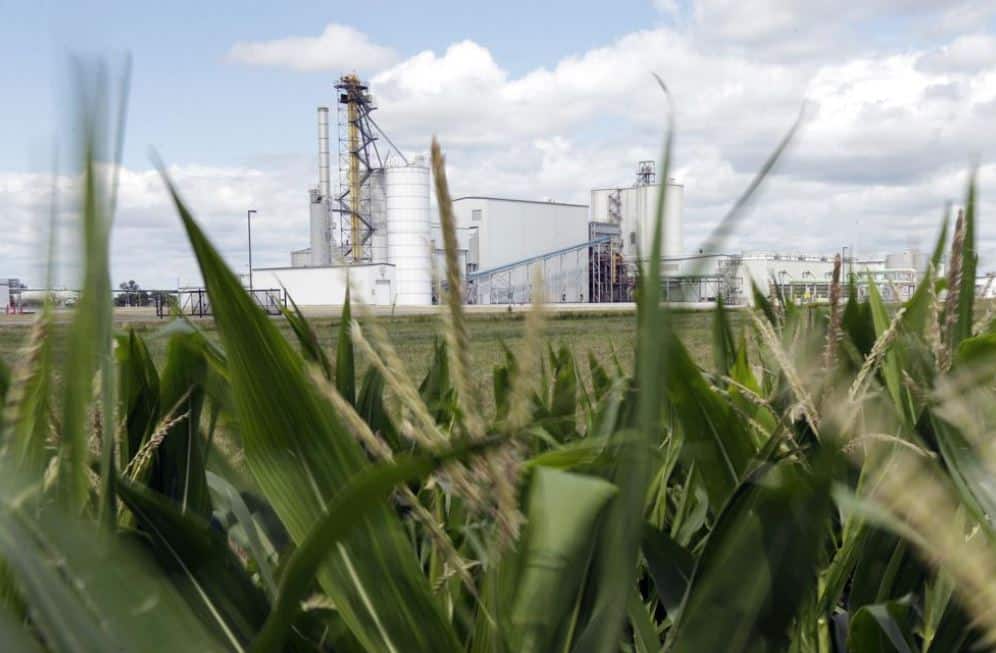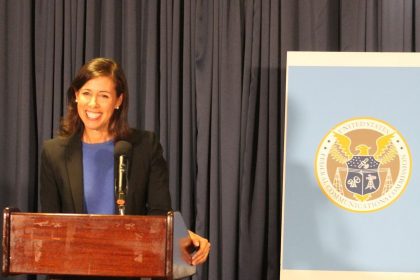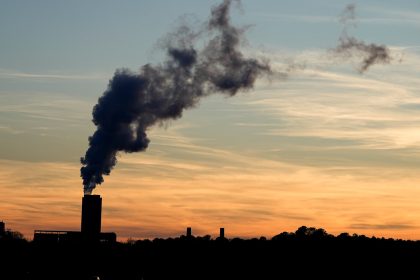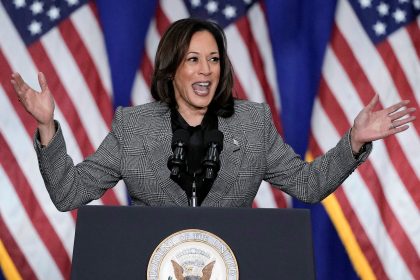EPA Lifts High-Ethanol Gasoline Ban for Summer

WASHINGTON — The Environmental Protection Agency on Friday waived its summer ban on sales of higher-ethanol gasoline blends, making this the second year in a row that gas stations across the country will be able to sell gasoline blended with 15% ethanol during the nation’s peak driving season.
EPA Administrator Michael Regan said the decision was made to reduce gasoline prices at a time of market supply uncertainty because of the ongoing war in Ukraine.
“Allowing E15 sales during the summer driving season will not only help increase fuel supply, but support American farmers, strengthen U.S. energy security, and provide relief to drivers across the country,” he said in a written statement.
The Clean Air Act allows the EPA administrator, in consultation with the Department of Energy, to temporarily waive certain fuel requirements to address shortages.
In this case, the EPA and DOE evaluated the situation and determined that granting the waiver, which went into effect on Monday, was in the public interest.
Ordinarily, in roughly two-thirds of the country, E15 cannot be sold from terminals starting on May 1 and at retail stations starting on June 1.
EPA is providing relief by extending the 1-psi Reid Vapor Pressure waiver that currently applies to E10 gasoline to E15, which will enable E15 sales throughout the summer driving season, if necessary.
This action only extends the 1-psi waiver to E15 in parts of the country where it already exists for E10. E15 can already be sold year-round in parts of the country that have a Reformulated Gasoline program.
Because the Reid Vapor Pressure of E10 and E15 gasoline used by consumers will be the same (both will be 1 psi higher than otherwise required by EPA or state regulations) the agency does not expect any impact on air quality from this limited action.
Its research has shown no significant impact on evaporative emissions when the 1-psi waiver is extended to E15.
As previously reported in The Well News, ethanol policy is especially important in the Midwest, where most of the roughly 200 renewable fuel plants are located.
In 2022, those refineries produced over 15.4 billion gallons of ethanol, and the industry used about 45% of the nation’s corn crop, roughly one-third of which was grown in Iowa and Illinois.
Among those welcoming the news on Friday were the members of the Renewable Fuels Association, who said the EPA’s decision will provide relief at the pump for American drivers this summer, while simultaneously reducing greenhouse gas emissions and tailpipe pollution.
“U.S. gasoline inventories are even tighter than they were a year ago, and Putin’s war on Ukraine continues to wreak havoc on global fuel supplies,” said Geoff Cooper, president and CEO of the association, in a written statement posted to its website.
“EPA’s action allowing summertime E15 will help extend gasoline supplies, prevent fuel shortages, protect air quality and reduce carbon emissions. We thank EPA, USDA, DOE, and the entire Biden administration for ensuring drivers across the country will continue to have access to lower-cost, lower-carbon E15 all summer long.”
Somewhat less happy were the American Fuel & Petrochemical Manufacturers, a trade group that is questioning the decision based, in part, on data from the Energy Information Administration.
“The U.S. market is well supplied with gasoline, which EIA data make clear,” said Chet Thompson, the organization’s president and CEO, in a written statement.
“Therefore, we’re anxious to see how EPA is going to justify this decision in light of the statutory limitations and the agency’s own understanding of emergency criteria, which require a finding of inadequate domestic supply in a specific geographic area,” he said.
Dan can be reached at [email protected] and at https://twitter.com/DanMcCue

























